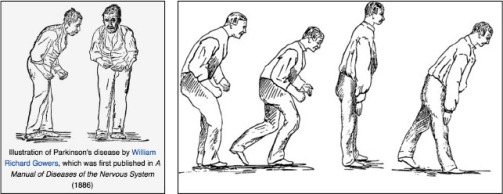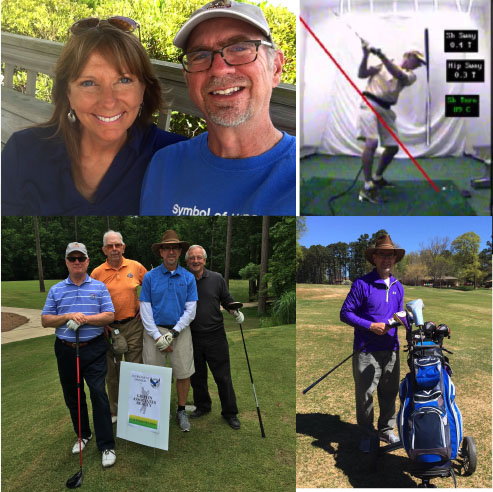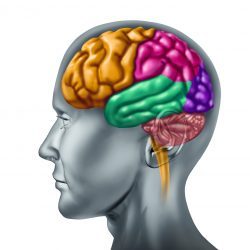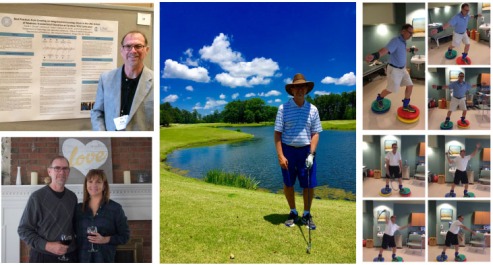“Aging is not lost youth but a new stage of opportunity and strength.” Betty Friedane
“If we own the story then we can write the ending.” Brené Brown
Précis: To showcase the amazing art/photography/videography of Anders M. Leines who lives in Norway, which gives me the opportunity to voice an opinion about the emerging picture/image of Parkinson’s today.
World Parkinson Congress (WPC) Promo Video: Please watch this video, it’s powerful; “This is Parkinson’s” a WPC Promo from Anders M. Leines (either view it below or click here). Anders is a videographer and cameraman who works in Oslo, Norway; he’s been diagnosed with young onset Parkinson’s. One of his goals is to change the view about how Parkinson’s is perceived by the world. One look at his video reinforces this notion. A very nice article about Mr. Leines was recently posted in “Parkinson’s Life” (click here to read this story). Anders also shares his story with his own blog “This is Parkinson`s” – The Exhibition. The pictures, the script, and the music accompanying the WPC 2016 Promo by Mr. Leines says more in 1 min 42 sec about Parkinson’s than someone could likely summarize by writing a blog post, but nonetheless I’m going to try.
“A hero is an ordinary individual who finds the strength to persevere and endure in spite of overwhelming obstacles.” Christopher Reeve
The Historical Perception of Parkinson’s: Sir Richard Gowers, in 1886, used this drawing (below left panel) to depict a person with Parkinson’s. When you perform a Google search for a ‘picture of Parkinson’s disease’, these sorts of images are still very prevalent. Yes, the average age of someone with Parkinson’s is 60 years of age and older. And yes, Sir Gowers does accurately show the Cardinal signs of Parkinson’s: tremor, rigidity from muscle stiffness, bradykinesia (slowness of movement), postural instability, and masking (reduced facial expression). Furthermore, Dr. Charcot’s drawings, from 1888, also depict a typical Parkinson’s patient compared to an atypical patient with Parkinson’s (bottom right panel). While these drawings are accurate, these images portray to many who see them that all people-with-Parkinson’s must look and act like this.


“We live in a time when the words impossible and unsolvable are no longer part of the scientific community’s vocabulary. Each day we move closer to trials that will not just minimize the symptoms of disease and injury but eliminate them.” Christopher Reeve
Cover photo credit: http://epod.usra.edu/.a/6a0105371bb32c970b015438c5312a970c-pi




Dear Frank
This was the best post so far for me. Thank you for the inspiration and truth you have shared both objective and subjective I join you in commitment to run the race with joy and hope. Pressing on. Thanks. Pat
LikeLiked by 1 person
Thanks Pat, truly appreciate your comments. We both have a long way yet before we reach the finish line of our races, so let’s keep running and running hard (and yes, with joy and hope); good luck and best wishes, Frank
LikeLike
Thank you so much for sharing your insight with me. I plan on sharing this with all my PWR! clients this week! It was also a pleasure to meet, work, and visit with you this weekend in Greenville. I hope you found a little inspiration and/or motivation after completing the training. Be well and look forward to seeing you at WPC! Jennifer
LikeLiked by 1 person
Thank you Jennifer, the PWR! Workshop was simply amazing. I learned so much from you and from every participant. I was greatly inspired by the weekend, thank you again, Frank
LikeLike